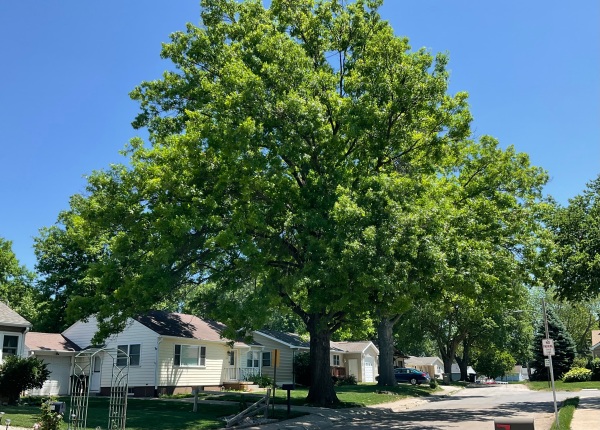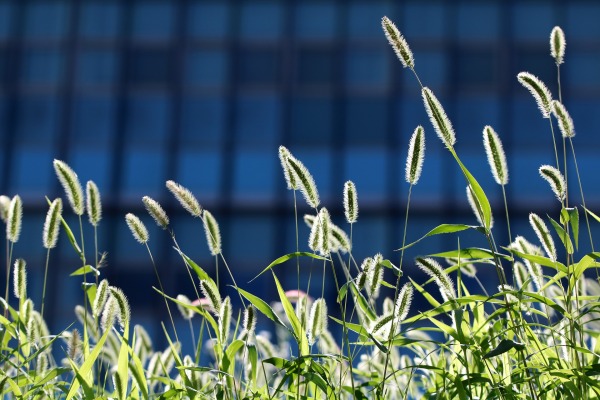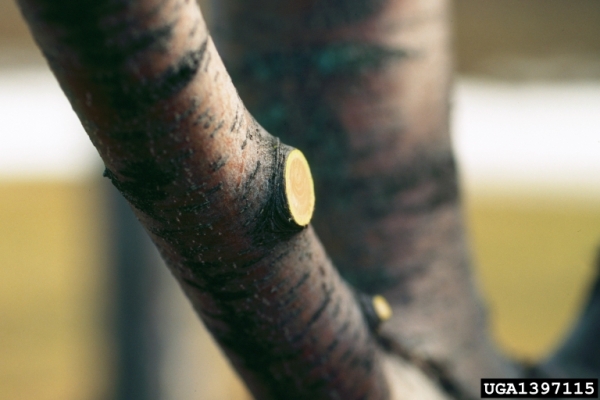Composting is easier than you think and the finished compost is an excellent soil amendment to improve the growth and health of your garden or landscape plants. But still, sometimes things can go wrong! Here are six quick answers to common composting questions, to help solve your composting woes. Fall leaves are a good high carbon... Continue Reading →
Managing Storm Damage in Trees and Landscape Plants
Severe weather season has begun, with many experiencing damage in trees and landscape plants last week. Managing the effects of tornadic winds and hail is necessary to make the landscape safe again and help plants recover. Damage AssessmentBroken tree limbs or fallen trees, creating dangerous situations in a home landscape. When large trees fall, it’s best... Continue Reading →
Rhododendrons & Azaleas for Nebraska
Rhododendrons and azaleas are beautiful flowering shrubs, putting on a spectacular show in spring when they bloom. They are best adapted to eastern and southern regions of the United States with moderate winter temperatures and consistent rainfall. But there are some cultivars which can perform well in a Nebraska landscape, given good care and careful... Continue Reading →
Arbor Day – Let’s Celebrate Trees
In 2024, National Arbor Day will be celebrated April 26. Arbor Day is a Nebraska creation. Early Nebraska settlers missed the trees they left behind in their homes. Their first sight and experience of the Great Plains must have been a shock and brought home the tremendous value of trees for environmental protection, wildlife habitat,... Continue Reading →
Three Early Spring Weeds – Creeping Charlie, Henbit & Field Speedwell
It’s amazing to gardeners that our lawns and landscapes can just be greening up in spring and yet there are weeds already growing like gangbusters and blooming! How do they get started so quickly? Aside from dandelions, three of the most common culprits found in the spring landscape are creeping Charlie, henbit and field speedwell.... Continue Reading →
Natural vs. Synthetic Fertilizers
All plants - trees & shrubs, turf, ornamentals, fruits and vegetables – all require the same 17 nutrients to grow. Three of these - carbon, hydrogen and oxygen – plants get from air and water, but the remaining 14 nutrients are absorbed from the soil. Plant nutrients are classified as either primary, secondary or... Continue Reading →
Spotlight on Summer Snapdragon
This year the National Garden Bureau is featuring summer snapdragon, Angelonia spp., as their annual plant of the year. The genus Angelonia encompasses about 30 species, native to tropical and subtropical regions from Mexico to Argentina. In the wild, they are often found in damp areas but once established, they can be quite drought tolerant. 'Wedgewood... Continue Reading →
2024 All-America Selection Winners
All-America Selections (AAS) announces its 2024 national award winners - six flower and two vegetable selections. National awards are given to plants with consistently great performance across the United States. AAS is an independent, non-profit organization dedicated to the testing and introduction of new flowers and vegetables varieties for the home gardener. Plants are trialed... Continue Reading →
Soil Temperatures and Spring Preemergence Herbicide Applications
Warm temperatures in March have had many homeowners wondering about this year’s first spring preemergence (PRE) herbicide application. When is the right time to apply in spring? If you've waited, that's good. PRE Herbicide Residual PRE herbicides act by killing germinating weed seedlings; they come in contact with the herbicide as they grow their first shoot... Continue Reading →
Spring Pruning Q&A
Many gardeners have questions at this time of year about spring pruning. So, here are some common questions you may have been wondering about and your answers. Will early pruning cause fruit tree leaf and flower buds to develop earlier and possibly be damaged by normal spring frosts? Should pruning still be done... Continue Reading →
The Basics of Pruning Tools
The keys to pruning trees and shrubs are a basic understanding of pruning techniques and knowing when to prune plants. For more information on these topics, check out the additional resources below. But it's also important to understand the variety of tools available to make the job easier and use them correctly. The best tool... Continue Reading →
Lawns for Shaded Areas
Picture-perfect lawns under the shade of mature trees - it sounds nice, but is often not realistic especially for trees which produce very dense shade like oaks and linden. Acceptable lawns in partial shade are possible, however some modifications in lawn care are needed. Assess Your LightTo really thrive, turfgrasses need a minimum of 6-hours... Continue Reading →











